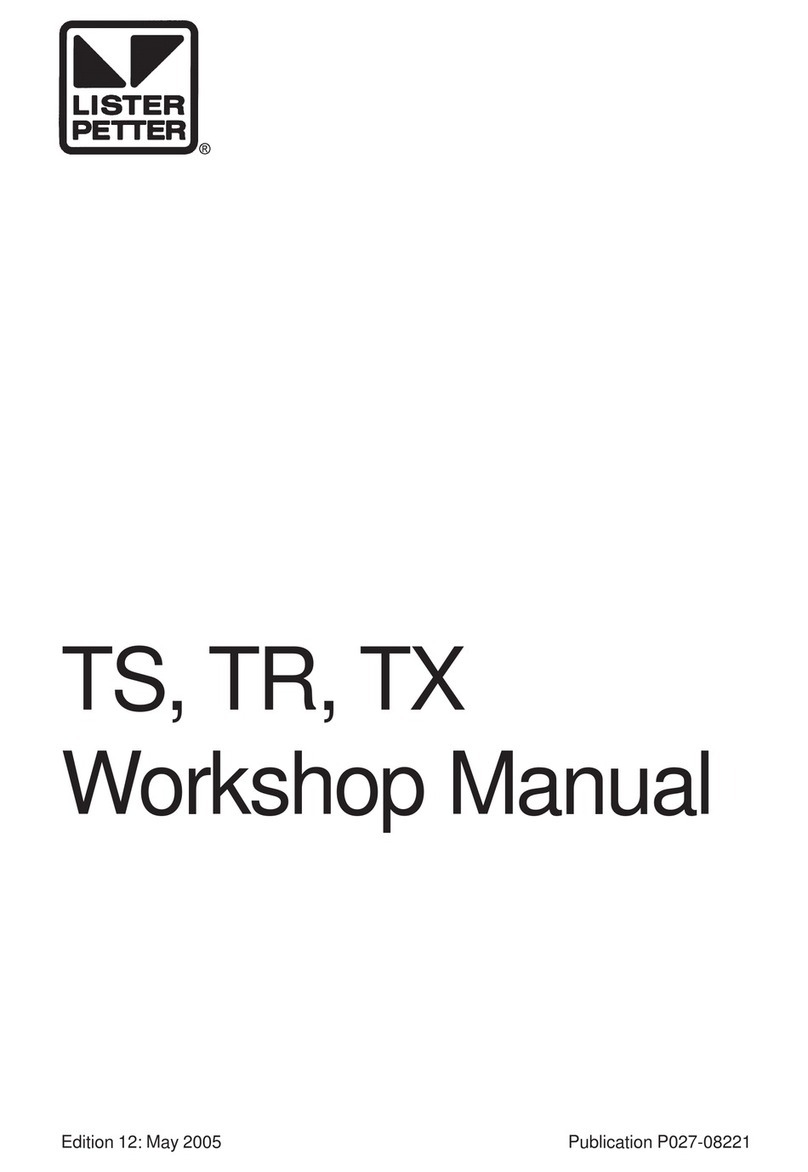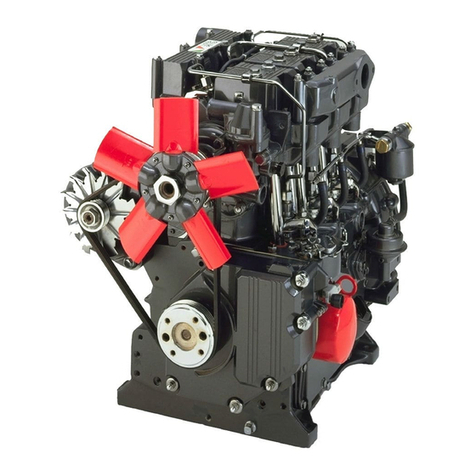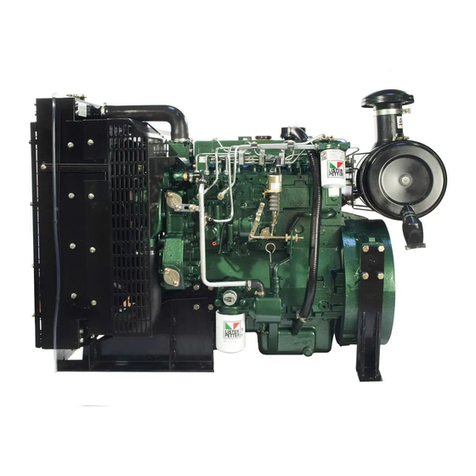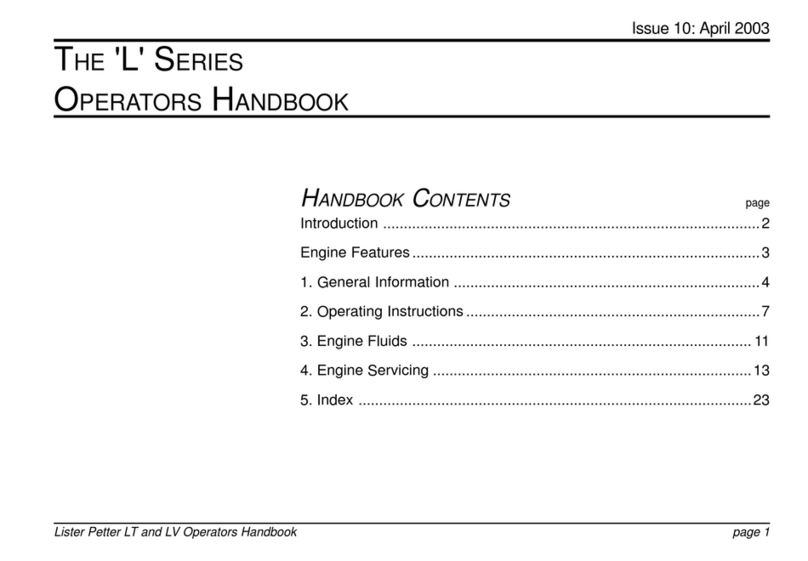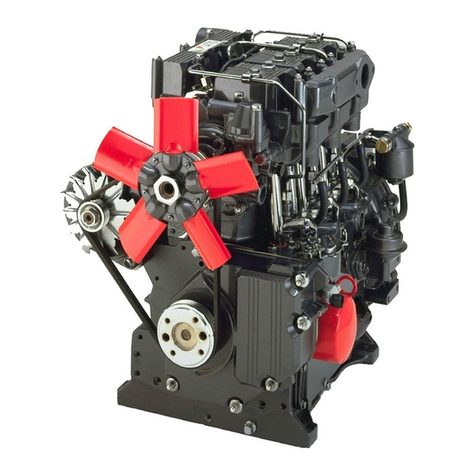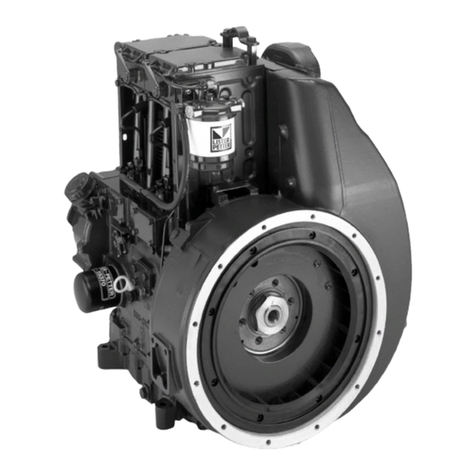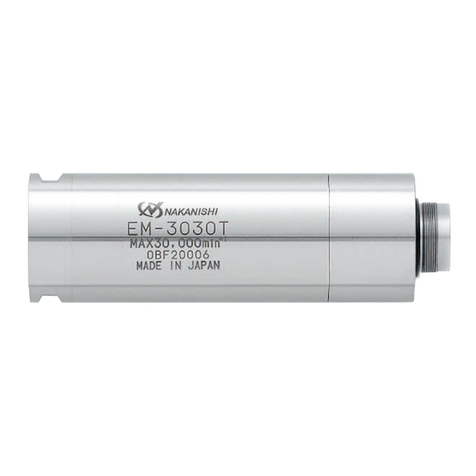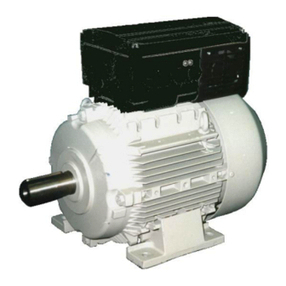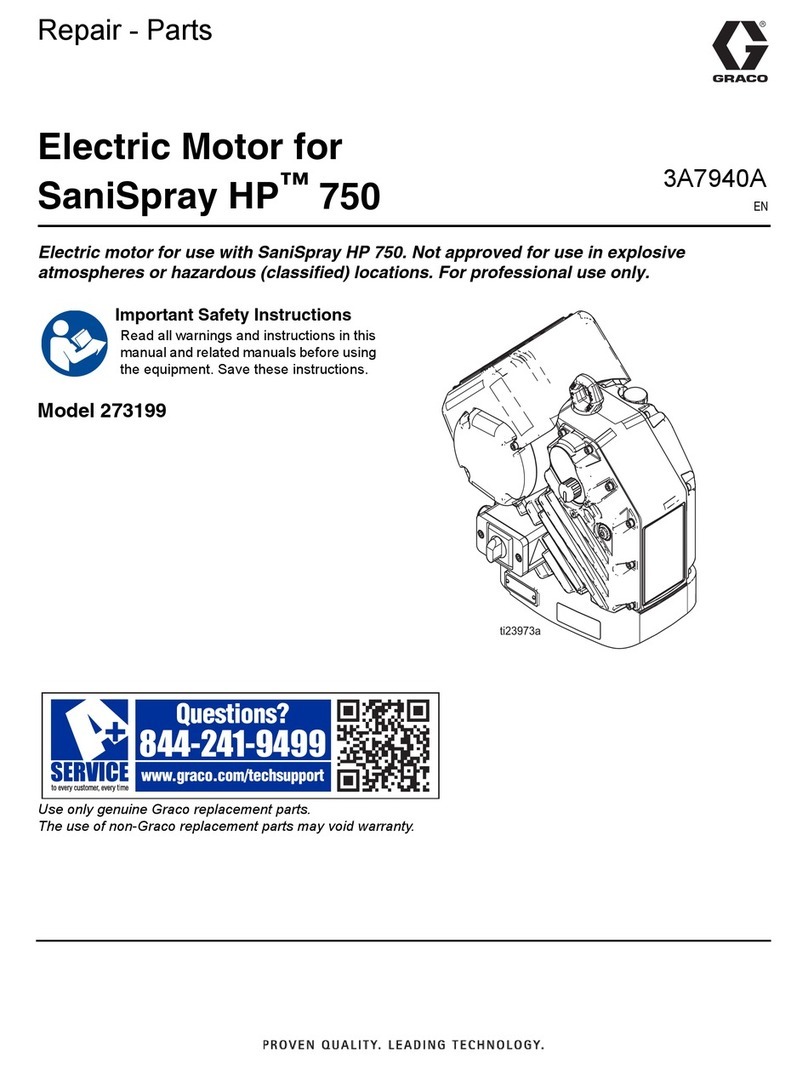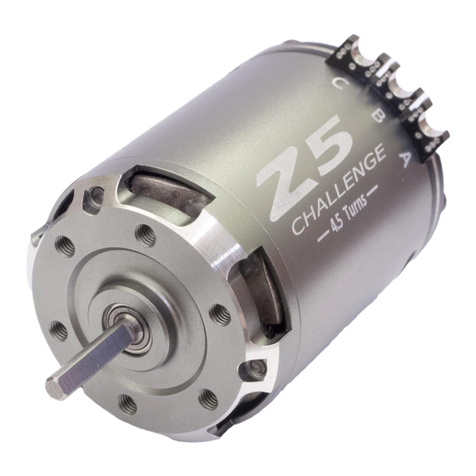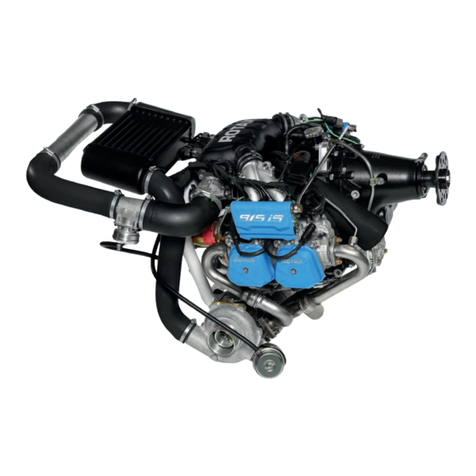
7
T SERIES ENGINES OPERATORS' HANDBOOK
INTRODUCTION
This handbook explains the operation
and routine maintenance of Lister
Petter T series (TR) air cooled diesel
engines.
If your engine is part of a Lister Petter
generating set, there is a separate
operators' handbook for the genset,
to explain such features as the control
module.
ENGINE IDENTIFICATION
To identify which model of Lister Petter
T-Series diesel engine you are using
refer to the engine serial number, which
is stamped on a plate attached to the
engine. It identies the type and build
of the engine (see below) to enable
the correct maintenance procedures
to be carried out. Here is asample
serial number:
16 001234 TR3 A 01
16
04
TR3
A
01
Year code (16 = 2016)
Unique engine number
Engine series
Anti clockwise rotation
Build number
The illustrations on page 4 show
features of the different engine models.
When following the instructions in this
handbook you will need to be familiar
with the parts labelled. (See also table
below.)
USING THIS HANDBOOK
Operating or servicing a diesel engine
is potentially dangerous. You must not
attempt it unless you have the necessary
knowledge and experience.
Read each section thoroughly
and carefully, taking note of the all
information and instructions given. This
is for your safety and to ensure the
correct maintenance of your engine.
For specific aspects of operation
and maintenance, use the table of
contents or the index to nd the section
you need. Where instructions are
numbered in sequence, they must be
followed in that order. This applies in
particular to maintenance and repair
procedures (Sections 5 and 6).
In cases of difculty, or to obtain spare
parts, please consult your local Lister
Petter distributor or dealer.
RUNNING-IN
To assist running-in all engines are
despatched with an initial ll lubricating
oil which must be changed after 100
hours. Your engine does not require
gradual light-load running-in. Extended
light-load running should be avoided,
as this could damage the cylinder bore
and allow lubricating oil to enter the
exhaust system.
T SERIES AIR COOLED DIESEL ENGINE MODELS
TR Model Characteristic features
TR2 Two cylinders, air cooled, naturally aspirated, direct injection
TR3 Three cylinders, air cooled, naturally aspirated, direct injection
TR4 Four cylinders, air cooled, naturally aspirated, direct injection

